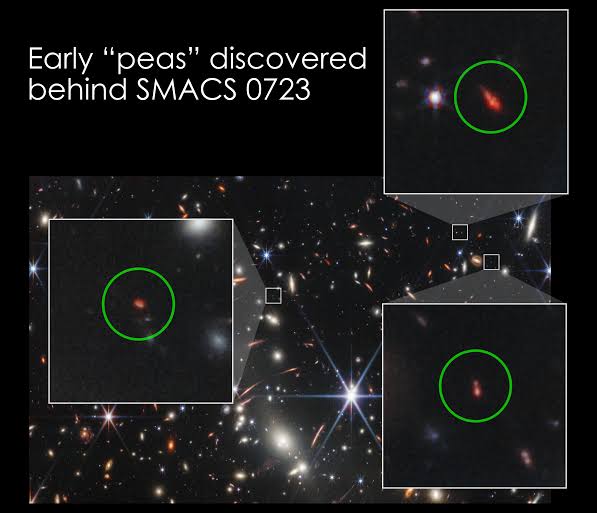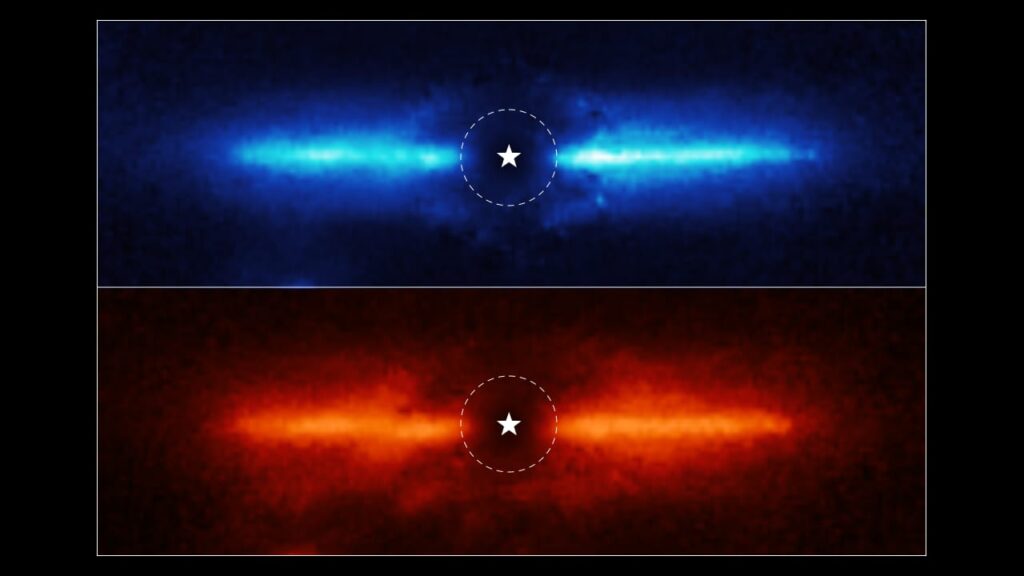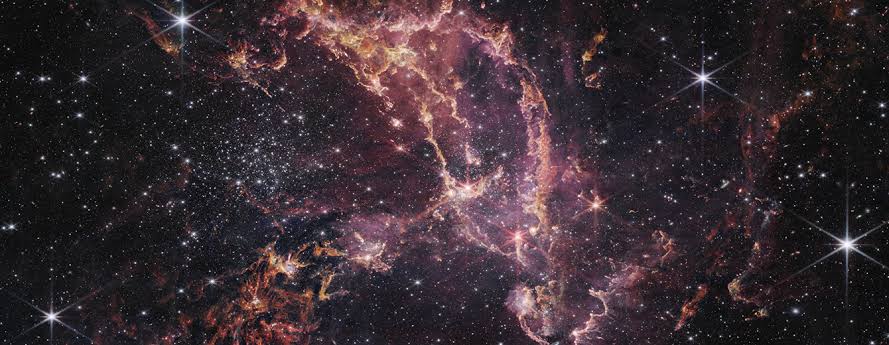At press conferences held during the American Astronomical Society’s (AAS) 241st meeting, which took place in Seattle from January 8 to 12, researchers discussed new discoveries and updates from NASA’s James Webb Space Telescope, popularly known as “Webb” or “JWST.”
Researchers from NASA and universities presented Webb findings from a variety of fields, including the early cosmos, galaxy evolution, exoplanet atmospheres, and young star formation.
A preliminary analysis of galaxy structure Darwinism at z = 3–9 using the JWST
Researchers examined 850 far-off galaxies’ morphologies, or visual appearance and structure, based on observations made with Webb’s Near Infrared Camera (NIRCam) instrument and contrasted them with morphologies based on earlier Hubble Space Telescope imagery.
The letter “z” stands for the redshift of the detected galaxies and indicates the object’s distance. Scientists classified each galaxy visually and measured the structure of each galaxy quantitatively as part of the Cosmic Evolution Early Release Science (CEERS) Survey.
Overall, the results revealed galaxies with a broad variety of morphologies out to the highest redshifts, including many with different morphologies than those previously observed with Hubble.

JWST’s “Finding Peas in the Early Universe”
A recent analysis of distant galaxies photographed by Webb reveals that they are remarkably similar to “green peas,” a unique class of small galaxies that are still present in our cosmic backyard, and that they are quite young.
Small, spherical, unresolved specks with a noticeably green hue are the outward sign of green pea galaxies. These nearer galaxies, which may be investigated in more detail, were linked to distant galaxies from Webb’s First Deep Field.
“Zooming in on the Shocked and Turbulent Intergalactic Medium in Stephan’s Quintet with JWST and ALMA”
Astronomers are learning more about how turbulence affects gas in the intergalactic medium by studying shockwaves left behind from the cataclysmic collision of Stephan’s Quintet and an intruder galaxy.
The Atacama Large Millimeter/Submillimeter Array (ALMA) and Webb have made new observations that show a sonic boom that is several times the size of the Milky Way has started a recycling facility for warm and cold molecular hydrogen gas.
A big cloud breaking up into a fog of warm gas, two clouds perhaps colliding and creating a splash of warm gas surrounding them, and the birth of a new galaxy were also discovered by astronomers.
“A Large Number of Candidate Galaxies at z ~ 11-20 Revealed by the JWST Early Release Observations”
Researchers discovered 87 candidate galaxies with a redshift, or “z,” larger than 11, using information from Webb’s First Deep Field, the SMACS 0723-73 field. This enormous sampling of candidate galaxies at such high redshifts is the first of its kind.
The researchers claim that such a significant number of candidate objects at such high redshifts was not predicted by previously preferred predictions and necessitates further inquiry.
“Unveiling the Dusty Hearts of Galaxies with JWST”
The nearby Seyfert galaxy NGC 7469, which has an active supermassive black hole at its centre and is encircled by a star-forming ring, makes an excellent laboratory for studying the interaction between the black hole and its host galaxy in depth.
In addition to providing a clear glimpse of this occurrence through the hazy veil, Webb’s high-resolution mid-infrared spectroscopic capacity allowed researchers to map and monitor the migration of cold molecular and ionised gas species close to the active nucleus for the first time.

“JWST Images of a Young Planet-Hosting Debris Disk System”
The well-known edge-on debris disc system AU Microscopii was captured by Webb NIRCam and shared by researchers (or AU Mic). These photographs represent the first confirmation of the disc at these infrared wavelengths (3–4 microns), providing additional information about the makeup of the disk’s material.
Even though no planets were found, the data is sensitive to planets as tiny as nearly twice the mass of Neptune, greatly restricting any planets that might still be present but have not yet been discovered.
“Constraints on the Presence of a Rocky Exoplanet Atmosphere from a JWST Transmission Spectrum”
Using Webb, scientists for the first time verified an exoplanet, a planet that orbits another star. The planet, officially designated LHS 475 b, measures 99% of Earth’s diameter, making it almost exactly the same size as our own.
The group decided to examine this target with Webb after carefully examining targets of interest from NASA’s Transiting Exoplanet Survey Satellite (TESS), which suggested the planet’s existence. With just two transit observations, the planet was simply and clearly recorded by Webb’s Near-Infrared Spectrograph (NIRSpec).
Conclusion
“Early Imaging Results with JWST: Young Star Formation in NGC 346A dwarf galaxy near our Milky Way called the Small Magellanic Cloud (SMC) is where NCG 346 is found. Compared to the Milky Way, the SMC has smaller amounts of metals—elements heavier than hydrogen or helium—than the Milky Way.
Since most of the dust in space is made up of metals, scientists predicted that there would be little dust and that it would be difficult to find. The reverse is demonstrated by recent Webb data.
